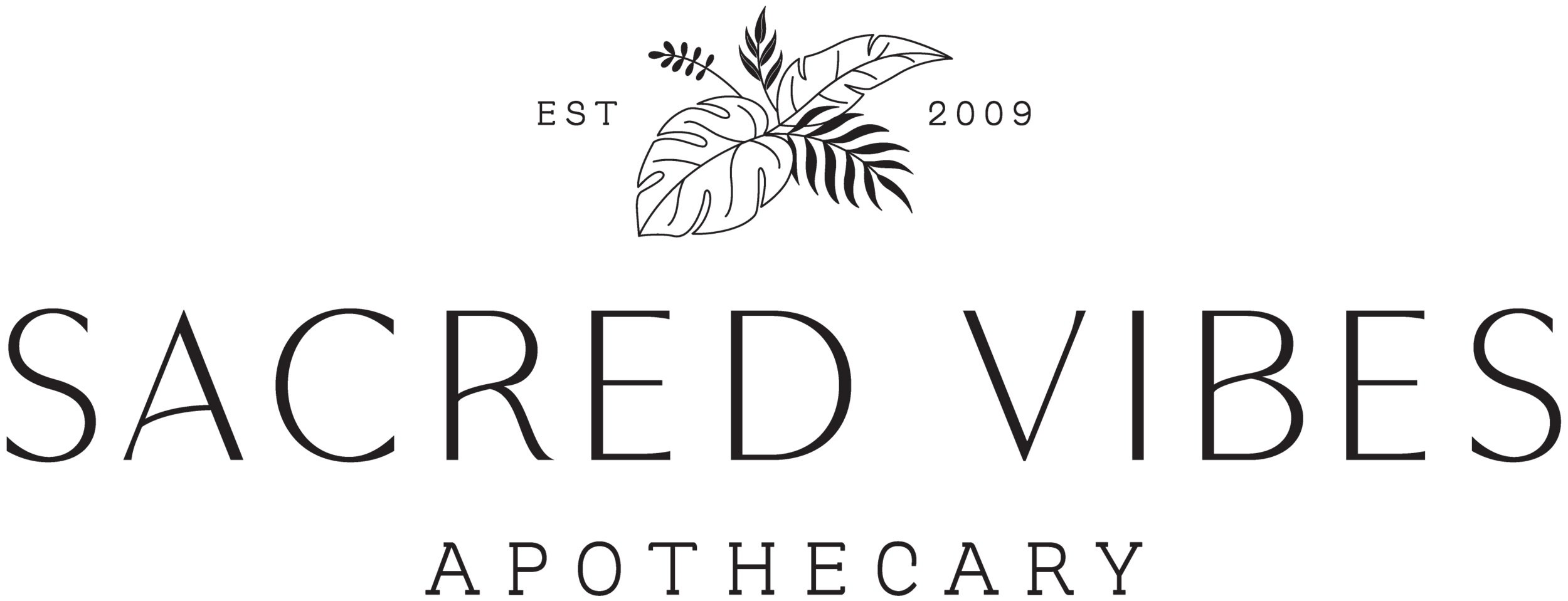From Eczema to Asthma - The Atopic March
Fifty to 70% of children with eczema will develop asthma. In previous posts we have already explored the high number of children delivered by c-section who now have asthma. Going beyond we will look at another contributing factor to developing asthma - eczema.
My youngest has eczema and over the past year I have been reading more and more of the research that links eczema to a future of asthma; months or years later. Doctors are well aware of this and call this progression from eczema, or atopic dermatisis, to breathing problems the atopic march.
The exact cause of eczema is unknown, but it's thought to be linked to an overactive response by the body's immune system to unknown triggers. We also know that babies with delivered by c-section are more prone to eczema than those delivered by vaginal birth. Researchers suggest that babies delivered via the vaginal canal acquire the mother's vaginal, intestinal, and other bacteria, which may help protect them and promote a healthy immune system. But babies born via C-section acquire bacteria from the hospital environment that may increase the risk of food allergies and other problems. These babies are also twice as likely to be sensitive to common foods, such as cows' milk.
There is hope however, researchers suggest that early treatment of skin rash and inhibition of the trigger substance might block asthma development in young children with eczema. Here is some explanation of the scientific connection. Research found that cells in damaged skin can secrete TSLP (thymic stromal lymphopoietin), a compound capable of eliciting a powerful immune response. The skin is effective at secreting TSLP into the blood system, and therefore the substance is transported around the body. When it reaches the lungs, it renders them very sensitive to allergens, which is characteristic of asthma. TSLP as part of an alarm system that alerts the body that its protective barrier function has failed. Thus TSLP activates an immune response that fights invaders.
An herbal approach to childhood eczema with breathing problems:
In Chinese medicine eczema is addressed by treating the liver. Eczema is treated as excess liver heat. Asthma is diagnosed as liver heat scorching the lungs.
Our skin reflects heat as rashes, redness, pimples, boils, dryness, infections, and other skin inflammation, hyperactivity, or over- stimulation. Heat can come from irritating chemicals, pet allergens, mold, tobacco smoke and air pollution. Heat can also be the by-product of our metabolism and our digestion.
It is also believed that sometimes heat is caused by blood deficiency. If blood is deficient, it can cause more problems than just dryness. Deficient blood cannot properly dilute normal cell wastes (toxins) which must be transported in the blood. Toxic heat in the blood will result. This condition will be diagnosed as many different inflammatory skin diseases. Eczema is often diagnosed when internal heat generates dryness in the skin.
Using this approach I have chosen to address in my practice eczema with breathing problems by addressing both the strengthening of the lungs, supporting the liver while also using blood cleansing herbs and include herbs that provide allergy support.
My herbal protocol would include heat reducing, cooling, liver supportive herbs such as, yellow dock, oregon grape, and dandelion and burdock roots. These herbs will be partnered in a formula with some of the lung supporting herbs discussed in our previous post.

